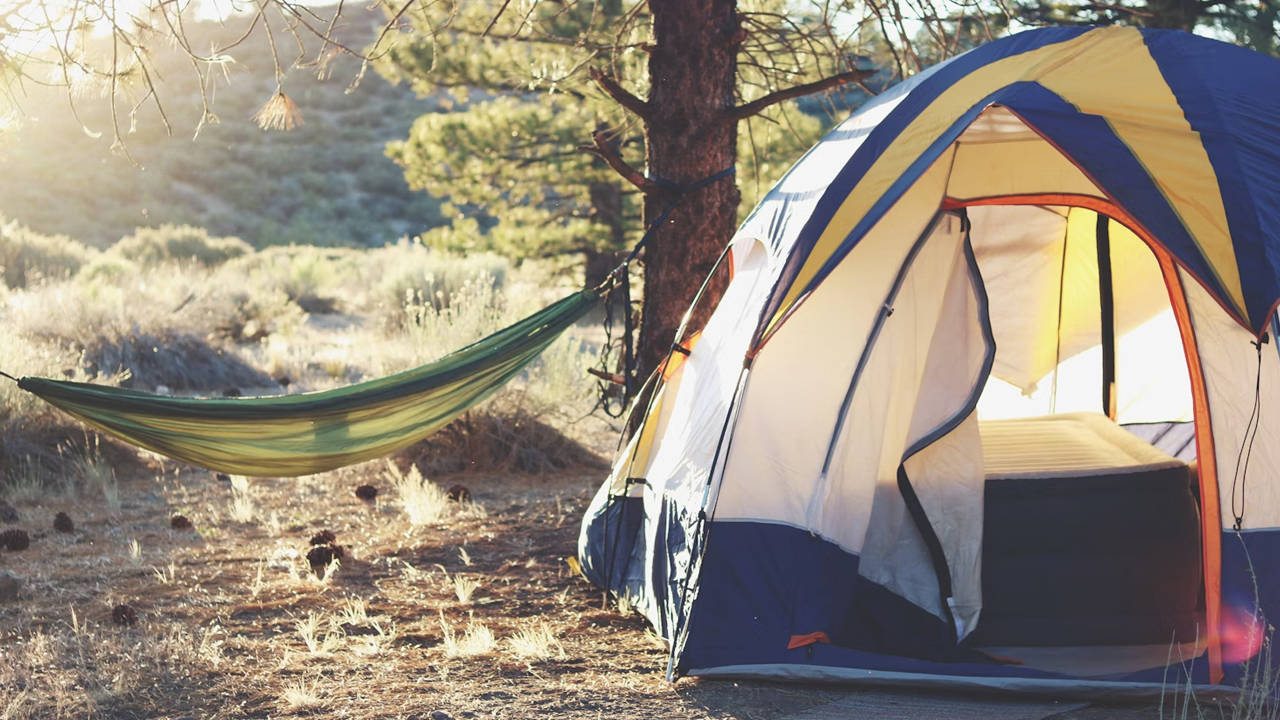Camping can be a great way to unwind and connect with nature, but it often comes with its own set of challenges. Whether you’re new to camping or have some experience, unexpected problems can disrupt your trip and cause frustration.
Knowing common camping problems and how to solve them can help you stay prepared and enjoy your time outdoors with confidence. This guide will walk you through some typical issues you might face and simple solutions to keep your trip running smoothly.
Leaky tent – use waterproof sealant or replace damaged parts

If your tent leaks, start by checking for holes or worn areas. You can apply a waterproof sealant to seams and fabric to stop water from getting in.
Make sure you choose a sealant designed for tents to avoid damage. If parts like the floor or rainfly are badly damaged, replacing them is often the best choice.
Regularly reapply waterproof sprays to keep your tent protected during wet weather. This simple step helps keep you dry on your trips.
Unexpected bad weather – always pack a weatherproof jacket and tarp

You never know when rain might hit during a camping trip. Packing a weatherproof jacket keeps you dry and comfortable, no matter the conditions.
A tarp is essential for protecting your gear and creating a dry area outside your tent. Set it up quickly to shield yourself and your belongings from sudden showers.
Choosing layers made of wool or polyester helps keep you warm even if you get wet. Avoid cotton as it holds moisture and cools you down.
Trouble setting up your tent – practice at home before the trip

Setting up your tent for the first time at the campsite can be tricky. To avoid frustration, practice pitching your tent at home.
This helps you learn the parts and steps, so you’re faster and more confident outdoors.
Check that you have all poles, stakes, and ground cloths before you leave. Missing gear can slow you down.
A quick trial run lets you spot issues early and ensures your camping start is smooth.
Getting lost hiking – carry a GPS device or a detailed map

If you want to avoid getting lost, bring a handheld GPS device or a detailed paper map. These tools help you know exactly where you are and plan your route clearly.
Make sure you know how to use your map or GPS before the hike. Mark your path as you go so you can backtrack if needed.
If you do get disoriented, stop and stay calm. Check your device or map carefully before moving again.
Cold nights – bring a high-quality sleeping bag rated for low temperatures

When you camp in cold weather, your sleeping bag is your most important gear. Choose one rated for temperatures lower than those you expect. This extra margin helps keep you warm if the night gets colder.
Avoid cotton clothing inside your bag. Wool or synthetic layers keep you warmer and dry. A sleeping bag liner can add extra warmth if needed.
Injuries like sprains or cuts – pack a well-stocked first aid kit

You should always bring a first aid kit when camping. It helps you treat common injuries like cuts, scrapes, sprains, and strains quickly.
Include bandages, medical tape, antiseptic like hydrogen peroxide, and antibiotic ointment. Cotton swabs can also be useful for cleaning wounds.
A cold compress is great for reducing swelling from sprains or minor burns. Having these supplies means you can handle small injuries without hassle.
Water contaminated – carry a ceramic water filter or purification tablets

If you find yourself with contaminated water, having a ceramic water filter can make a big difference. These filters remove bacteria and cysts but might not stop viruses.
To cover viruses, carry purification tablets as a backup. You can also use tablets after filtering for better safety.
Boiling water is a reliable option if you have the means, but filters and tablets are lighter and easier on the trail. Always prepare for unsafe water sources.
Bugs and mosquitoes – apply insect repellent regularly

You’ll want to keep bugs and mosquitoes at bay by applying insect repellent often. Products with DEET are effective and widely recommended.
Wear long sleeves and pants when bugs are most active, usually around dusk.
Make sure your tent stays zipped to keep insects out. Choosing a windy campsite can also help reduce pests.
Fire bans – prepare no-cook meals or use portable camping stoves

When fire bans are in effect, you can still enjoy tasty meals without building a campfire. Pack no-cook options like sandwiches, salads, or ready-made snacks for easy eating.
If allowed, bring a portable camping stove or a propane grill. These tools let you cook meals safely without breaking fire rules. They’re lightweight and simple to use.
Always check local fire regulations before your trip. Being prepared helps you stay safe and have fun, even during fire restrictions.
Wet socks – bring multiple pairs and waterproof footwear

Wet socks can quickly ruin your camping trip by causing discomfort and blisters. Always bring several pairs of socks so you can change into dry ones when needed.
Choosing waterproof or quick-drying footwear helps keep your feet dry during rain or creek crossings.
Merino wool socks are a good option because they dry faster and keep your feet warm, even when damp.
Running out of clean water – always refill from safe sources

When camping, running out of clean water can be frustrating. Always refill your supply from safe, trusted sources like designated water stations or filtered streams.
If you find yourself near natural water, use purification tablets or filters before drinking. Carry a clean container to store treated water.
Planning ahead helps a lot. Fill your tanks fully before heading out and avoid wasting water by conserving it in small amounts.

Leave a Reply